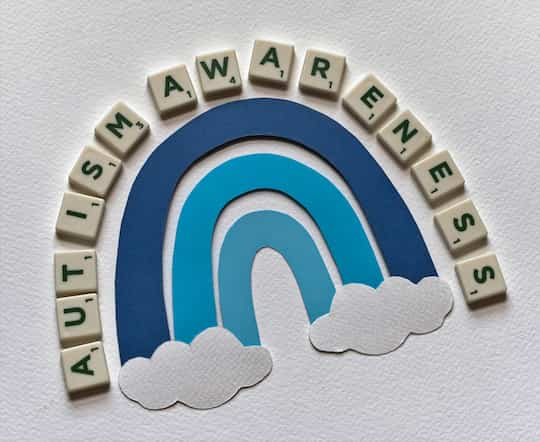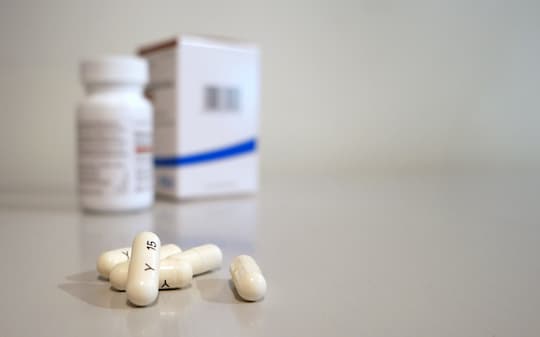ADHD, which stands for attention-deficit hyperactivity disorder, is characterised by excessive activity, impulsive behaviour and inattention.
As little as 10 minutes of mindfulness meditation and 10 minutes of exercise helps children with ADHD.
ADHD, which stands for attention-deficit hyperactivity disorder, is characterised by excessive activity, impulsive behaviour and inattention.
Together, these quick exercises help children improve their attention, self-efficacy and mood.
While both approaches have been shown previously to help ADHD in the long-term, this study shows they can help also help in the short-term.
Dr Barbara Fenesi, study co-author, said:
“We want to identify behavioral approaches that could help manage ADHD symptoms for children and determine whether even a single, short bout of these behavioral approaches could be beneficial, rather than needing to engage in them for long periods of time.”
The small study included 16 children aged 10- to 14-years-old who either did mindfulness and exercise for 10 minutes or read a book.
Dr Fenesi said:
“We also wanted to compare these two behavioral approaches to see if one was superior to the other, or whether they each contributed differently to unique aspects of well-being.”
The results showed that both exercise and mindfulness were particularly beneficial for inattention.
Working memory, inhibitory control and task-switching were all boosted more by mindfulness.
However, exercise improved children’s mood.
Dr Fenesi said:
“Our study highlights how the mind and body are connected.
In order to activate children’s intellectual minds, their bodies and mindful awareness must be activated to create an environment that’s conducive to learning.”
Breathing and yoga for ADHD
This research comes on top of a study showing that both breathing exercises and yoga can help children with attention-deficit hyperactivity disorder.
The children with ADHD found it easier to engage in complex activities with greater attention after doing the exercises.
The exercises taught to the children concentrated on tension and relaxation.
Children were trained three times a week over two or three months.
The benefits of the training were still evident six months after the training was completed.
The study was published in the journal Frontiers in Psychology (Bigelow et al., 2021).









